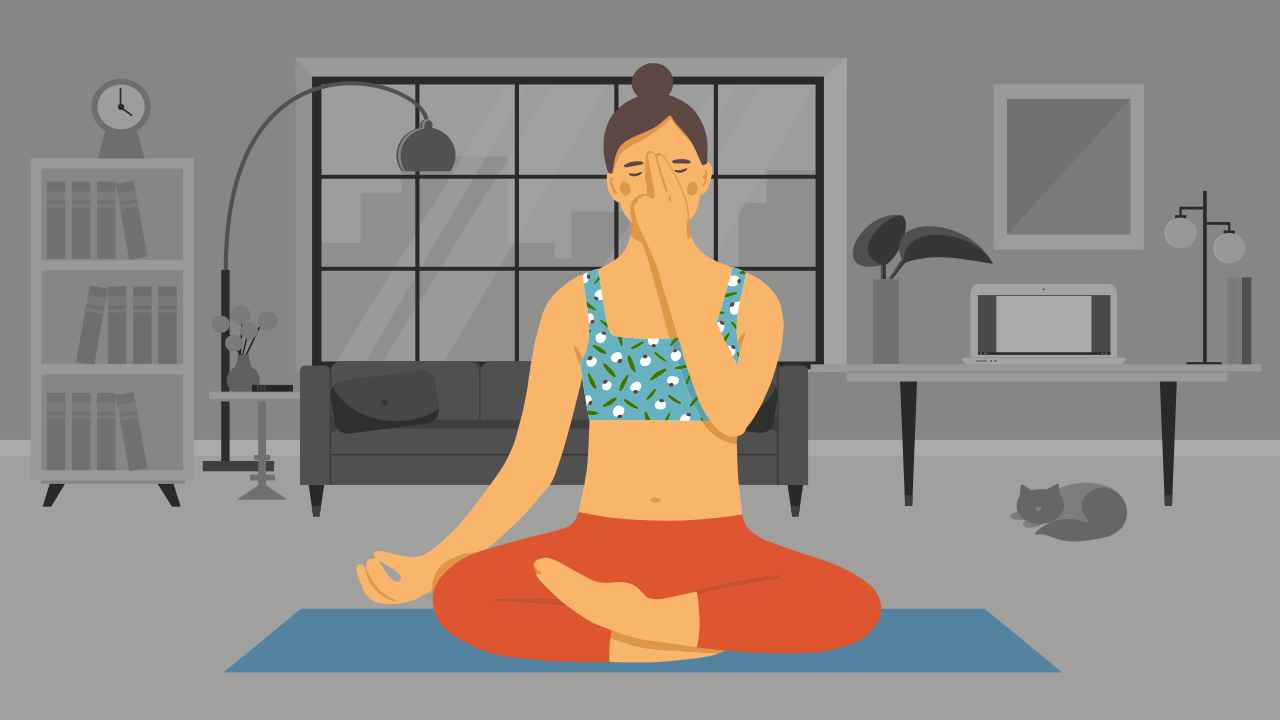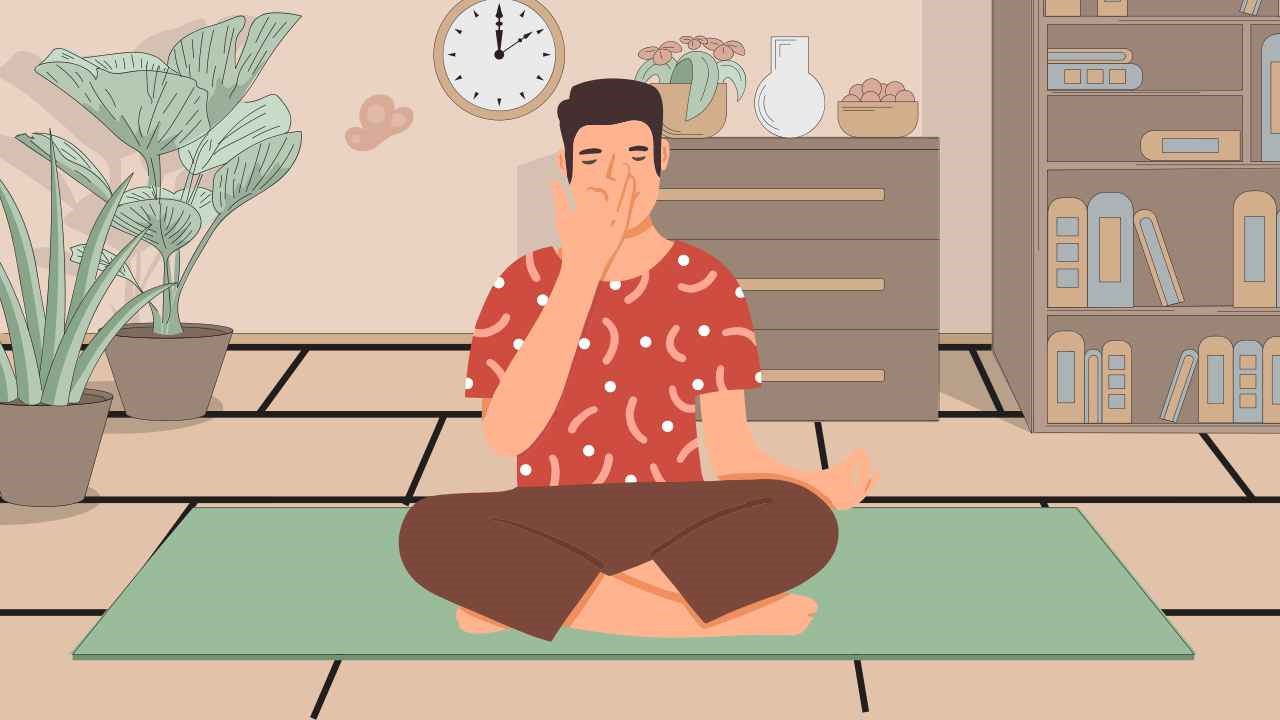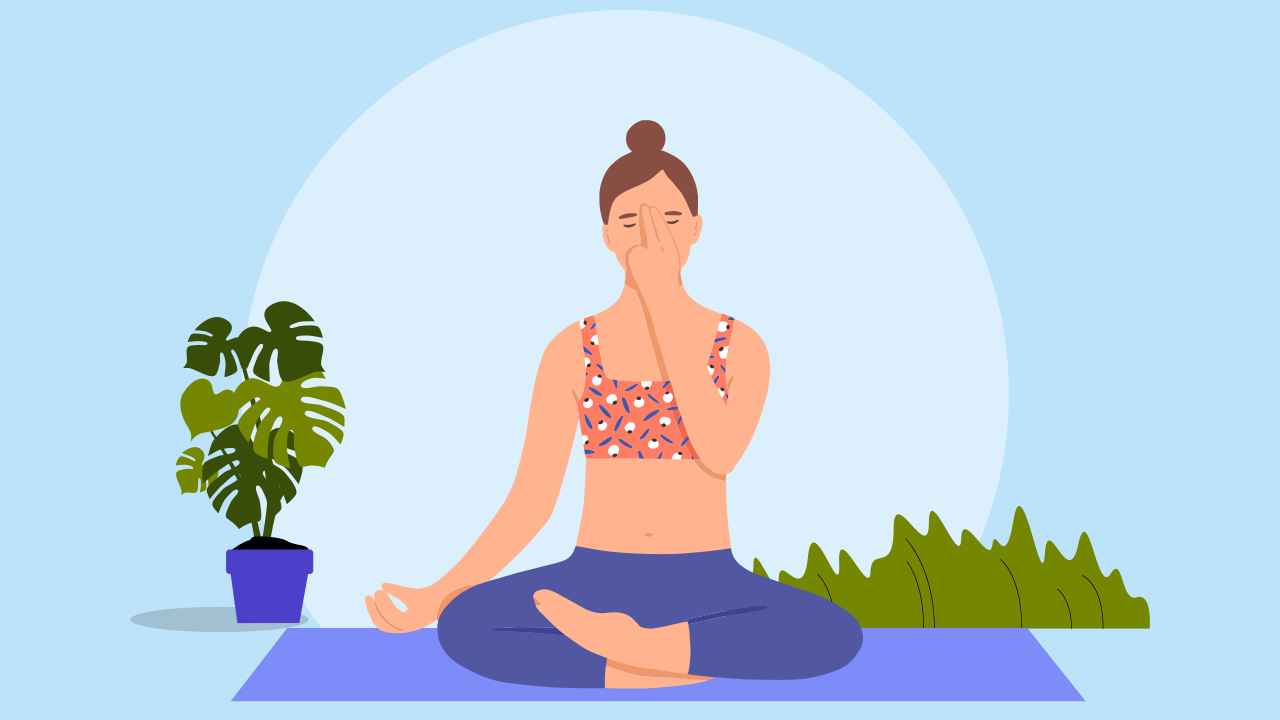
How To Prevent Injuries During Yoga

Ideally the practice of yoga asanas alone can never cause injuries. However, it is also a fact that there are some poses that have the possibility of injury. Yoga-related Injuries may be due to countless reasons — the practitioner’s pre-existing medical conditions to inadequacy of the instructor to even the intensity of the practice.
Yoga is performed in a relaxed and calm manner with extreme emphasis on body and breath. It is a spiritual journey, a work–in as opposed to a physical work–out. To ensure a safe asana practice, you need to keep these pointers in mind.
Warm up
It is a myth that asanas do not require warm–ups. There is a list of asanas for every muscle and joint, to ensure that they are warm and ready for practice. Sukshma Vyayam or Laghu Vyayam forms an integral part of asanas and should not be skipped.
Work on alignment
Alignment is the specific way to do a pose or the ideal positioning of your joints in a posture. Alignment in yoga is imperative, as you take different shapes and forms by adjusting your body. So it is necessary to focus on the method to establish a proper form and a safer practice. Alignment is important to reduce injuries associated with yoga, develop a sense of body awareness and ensure ease of movement.
Also read: Useful Tips for Yoga Beginners
Breathe efficiently
The breath is said to be a measure of your physical and mental state of being. Through your breath, you may build total body awareness.
Your breath acts like an anchor, helping you move optimally in and out of a posture. Many studies document the importance of interconnected breathing during the practice of asanas. Breathing efficiently improves ventilation, causes general relaxation, improves core muscle stability, lowers blood pressure and heart rate, reduces shortness of breath, and most importantly, requires less effort and energy to breathe.
Modify when needed
A modification in yoga is basically a version of the main pose in which your body is perfectly aligned. Modifications are probably the easiest and safest way to get into a posture while maintaining alignment. Every yoga posture has at least one to even 20 modifications. As no one posture looks the same, you need to adapt to the version of the pose available to you, depending on your anatomical make-up. A correct form is much more desired than an aesthetic form.
Use blocks, straps, towels, books or a similar alternative to ensure proper alignment.
Rest
Rest and activity go hand in hand; you cannot neglect either. At times, injuries occur because you resist the easier poses or do not adhere to the entire 15-minute length of savasana or even skip it.
Rest is a biological need. It is to recharge your body cells, which have been working so hard. You need to relax your physical and mental body entirely to rejuvenate yourself and avoid injuries occurring due to exhaustion.
Also read: Getting Started: Yoga Sequences for Beginners
Know your weaknesses
The most important piece of advice that you can give to yourself is to know your own body. Understand its signs, take feedback and implement it. If you experience a surging pain while performing a particular pose, avoid doing it completely. Consult with your instructor, or see a doctor if needed. Find out what is causing the pain and know that it is alright to skip that particular pose.
For a beginner especially, you should chart out what is and isn’t accessible and work on those aspects. Your aim is to benefit from the practice of yoga without causing any serious harm to yourself.
References
1. 8 Ways To Prevent Yoga Injuries. Yoga Basics. https://www.yogabasics.com/practice/yoga-for-beginners/8-ways-to-prevent-yoga-injuries/
2. How proper breathing can reduce stress. The American Institute of Stress. 2020; published online Jan 15. https://www.stress.org/how-proper-breathing-can-reduce-stress














